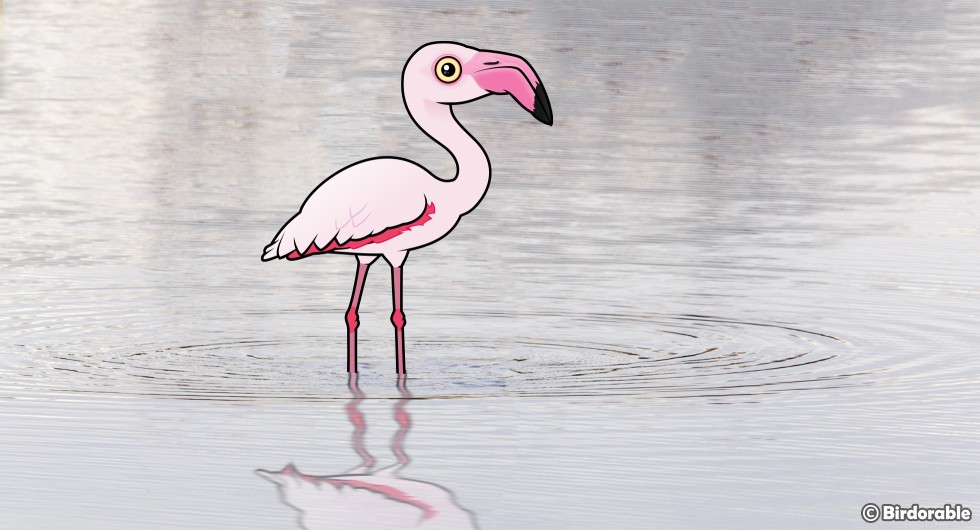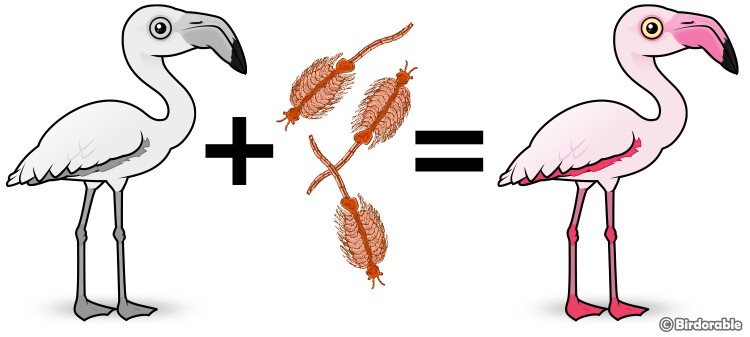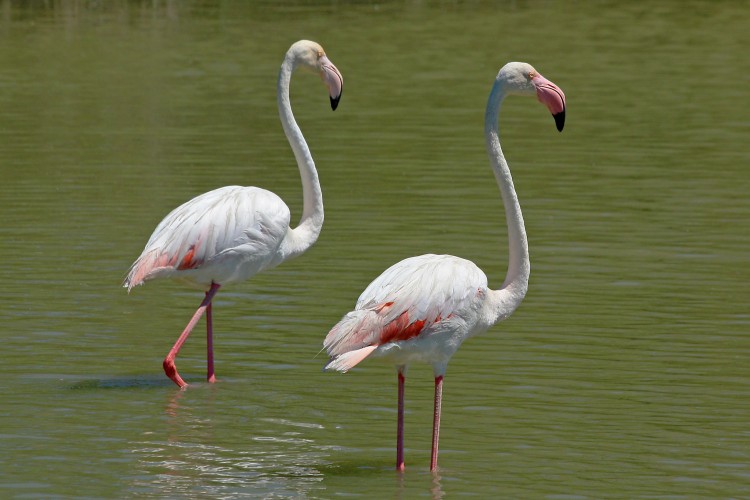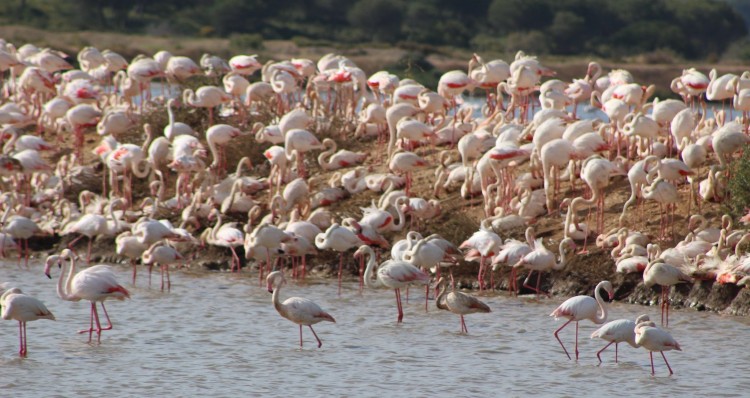From Grey to Pink: The Life and Times of the Greater Flamingo

The Greater Flamingo, now the 153rd bird featured on Birdorable, is not just another pretty face in the bird kingdom. This species, with its iconic pink hue and elegant stature, spans across Africa, southern Europe, and southern Asia, offering a splash of color and uniqueness wherever it's found. Greater Flamingos are social birds, often seen in large flocks that can number in the thousands, wading through shallow waters in search of food. Their feeding technique is as fascinating as their appearance; these birds stir the mud with their feet and then, in a head-down position, suction up a mix of mud and water to filter out their meal using their distinctive large beaks.
What truly sets the Greater Flamingo apart, aside from its sociable nature and feeding habits, is its vibrant pink coloring. This striking shade is not an inherent trait but rather a result of their diet, which is rich in carotenoid pigments found in algae, crustaceans, and, notably, pink shrimps. These pigments are absorbed by the flamingos, giving them their famous pink color. It's an interesting fact that in captivity, without a diet supplemented with these natural pigments, flamingos will gradually lose their pink coloration, becoming paler. This dietary influence on their coloration is a remarkable aspect of their biology, illustrating the direct impact of nutrition on the appearance of animals.

From birth, Greater Flamingo chicks are a stark contrast to their adult counterparts. They emerge from their eggs with white and gray feathers and a straight bill, far from the pink plumes and curved beak they will eventually grow into. It takes about two years for them to develop their pink feathers and fully curved beaks, a transformation that is nothing short of magical. Watching a flamingo chick grow into its iconic adult form is a journey through one of nature's most fascinating maturation processes.

Greater Flamingo in the Camargue, France by A S (CC BY 2.0 DEED)
Greater Flamingos are not just a wonder of nature in terms of their appearance and lifecycle. They are also among the bird species with a notably long lifespan. In the wild, these birds can live up to 30 years, a respectable age for any wild animal. The record for the oldest known Greater Flamingo was held by an individual known as "Greater," also referred to as Flamingo One or Flamingo 1, who resided at the Adelaide Zoo in Australia. Greater passed away on January 30, 2014, and was estimated to be between 83 and 95 years old at the time of death, having arrived at the zoo as a full-grown adult from either Cairo or Hamburg in one of the last four importations of greater flamingos to the zoo between 1919 and 1933. Here is a video of Greater from 2008:
Cute Greater Flamingo Gifts
From their group feeding rituals in shallow waters to the incredible transformation from grey and white chicks to stunning pink adults, Greater Flamingos embody the marvels of the avian world. Their story is a blend of natural beauty, ecological adaptation, and the sheer wonder of biological development, making the Greater Flamingo a bird worth celebrating and conserving for future generations to marvel at.

Greater Flamingoes on their nests by Susan Robinson (public domain)














Comments
Leave a comment
Thank you!